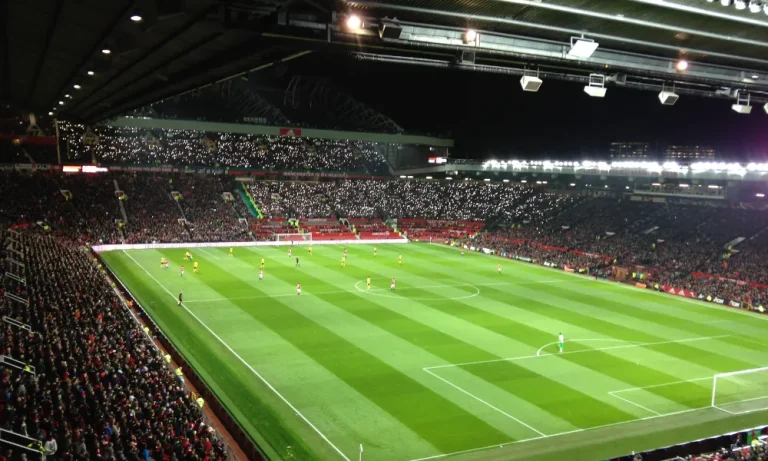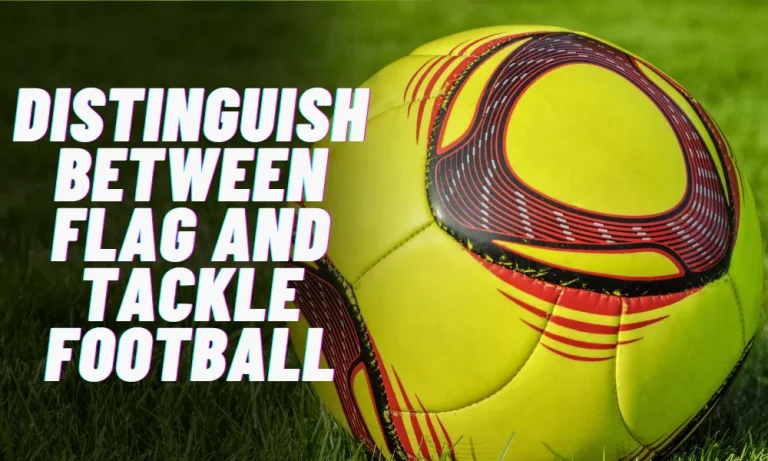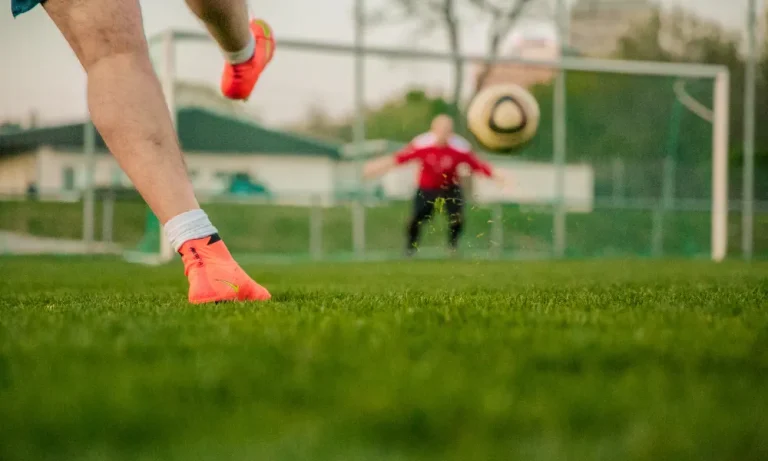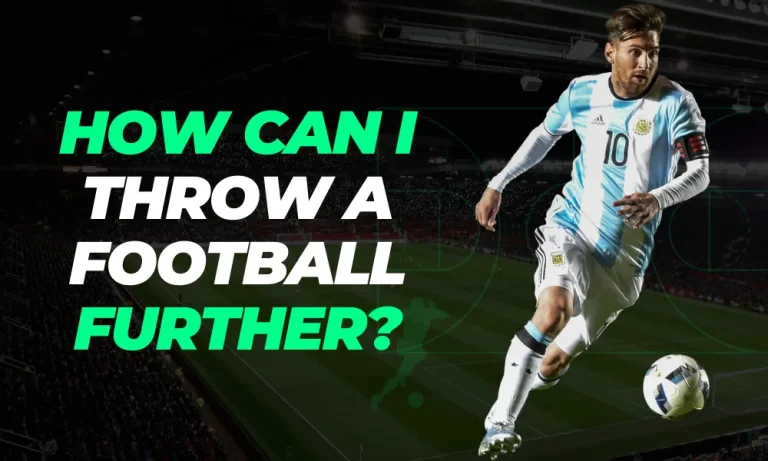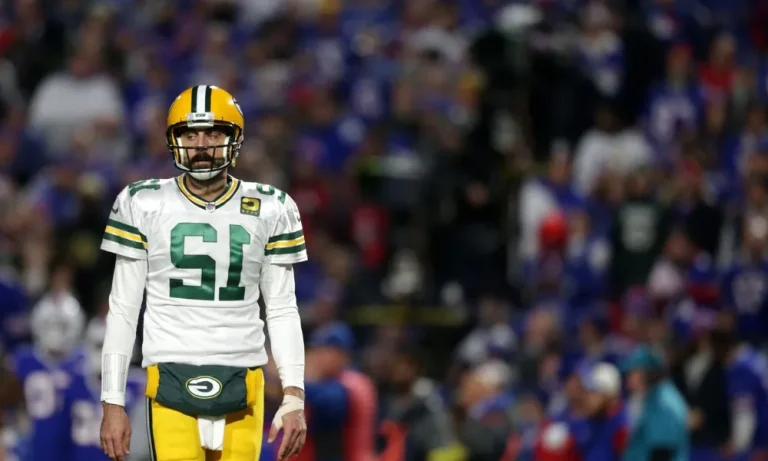What Happens on 3rd Down in Football?
Have you ever wondered what happens on 3rd down in football? Whether you’re a die-hard fan or just starting to get into the game, understanding the significance of 3rd down is crucial. In football, each down presents a unique opportunity for teams to advance towards their goal, but it’s the 3rd down that often holds the key to success or failure.
What is 3rd Down?

In football, the term “3rd down” refers to the third attempt a team has to advance the ball towards the opposing team’s end zone. It is a crucial moment in the game that can determine whether the offense retains possession or has to punt the ball away. Understanding 3rd down is key to grasping the flow and strategy of the game.
Downs are essentially the four opportunities a team has to move the ball down the field. On 1st down, the offense starts with a fresh set of four downs. If they are successful in gaining at least 10 yards within those four downs, they reset to 1st down again. However, if they fail to do so, they progress to 2nd down. If they don’t reach the required distance on 2nd down, they move on to the critical 3rd down.
What sets 3rd down apart from the previous downs is the added pressure and urgency. The offense must make significant progress towards the first-down marker to extend their possession. Failing to do so often results in surrendering the ball to the opposing team. The defense, on the other hand, is aware of this pressure and becomes more aggressive in their attempts to stop the offense.
Why is 3rd Down Crucial?
What makes 3rd down so crucial in football? Well, it’s because the outcome of these plays can have a significant impact on the game’s overall result. Successful 3rd down conversions can extend drives, giving the offense more opportunities to score points and control the game’s tempo. On the other hand, failed conversions can lead to punts or field goal attempts, resulting in a change of possession and potentially giving the opposing team favorable field position.
The ability to convert on 3rd down is a key factor in determining the outcome of a game. When an offense successfully converts on 3rd down, they keep possession of the ball and maintain their drive. This not only allows them to continue progressing towards the end zone but also keeps their opponent’s offense off the field, limiting their opportunities to score and control the game.
Conversely, failed 3rd down conversions can have adverse effects on the offense. When an offense fails to convert and reaches the end of their downs, they are forced to either punt the ball away or attempt a field goal. This results in a change of possession, giving the opposing team a chance to take control of the game. Additionally, failed 3rd down conversions can also lead to a loss of momentum and morale for the offense, while providing a boost to the opposing defense.
What Are the Objectives on 3rd Down?
When it comes to 3rd down in football, the primary objectives of the offense are clear. The main goal is to gain enough yards to reach the first-down marker and extend the drive. This can be achieved through various strategies, including well-designed plays, effective communication, and exploiting weaknesses in the opposing defense.
To achieve the objective of converting on 3rd down, the offense employs a range of strategies. These may include utilizing route combinations to create open passing lanes, relying on the strength of their running game to gain yards on the ground, or utilizing misdirection plays to confuse the defense. The offense must also prioritize protecting the quarterback and executing plays with precision and timing.
On the defensive side of the ball, countering the offense’s objectives on 3rd down becomes crucial. The defense aims to prevent the offense from converting by applying pressure on the quarterback, tightening pass coverage, and anticipating the play call. Defensive tactics may involve blitzing, double-teaming key receivers, or implementing zone coverage schemes to limit passing options. The objective is to force an incomplete pass, a sack, or a short gain, ultimately forcing the offense to punt the ball away.
Common 3rd Down Plays
When it comes to 3rd down in football, there are several common offensive plays that teams rely on. One common play is the “slant route,” where a receiver runs diagonally across the field towards the middle, aiming to catch a quick pass from the quarterback. This play is effective in gaining quick yardage and exploiting gaps in the defense, but it requires precise timing between the quarterback and receiver.
Another common play is the “screen pass,” where the quarterback throws a short pass to a running back or wide receiver behind the line of scrimmage. The objective is to create space for the receiver to maneuver and gain yards after the catch. The advantage of this play is that it can catch the defense off guard and create big gains, but it requires effective blocking and timing.
Additionally, the “draw play” is often utilized on 3rd down. In this play, the quarterback hands the ball off to a running back who pretends to pass block before running through a designed gap in the defensive line. The draw play aims to catch the defense off guard, as they expect a pass. Its advantage lies in potentially gaining significant yardage, but it requires good timing and deception.
Key Factors Influencing 3rd Down Success
Several key factors can significantly influence the outcome of a 3rd down play in football. One crucial variable is field position. Starting closer to the opponent’s end zone provides the offense with a shorter distance to gain for a first down, increasing the chances of success. Conversely, when the offense is deep in their own territory, the distance to the first-down marker becomes longer, making it more challenging to convert.
Time remaining in the game is another influential factor. In a close game, with limited time on the clock, the offense may feel a sense of urgency to convert on 3rd down and keep the drive alive. Conversely, if the team has a considerable lead, they might opt for more conservative plays to run down the clock and limit the risk of turnovers.
The score differential also plays a role in 3rd down decision-making. When the offense is trailing, they may take more risks and attempt longer passes to gain significant yardage. On the other hand, when leading, the offense might prioritize shorter, high-percentage passes or running plays to control the clock and protect their advantage.
Penalties, turnovers, and weather conditions can also have a significant impact on 3rd down success. Penalties can push the offense back, creating a longer distance to gain for a first down. Turnovers, such as interceptions or fumbles, can abruptly end a drive and shift momentum to the opposing team. Additionally, adverse weather conditions like heavy rain or strong winds can affect the accuracy of passes and the footing of players, making execution more challenging for both the offense and defense.
How Do Teams Prepare for 3rd Down?
Preparing for 3rd down situations in football involves thorough analysis and strategic planning. One important aspect is studying opponents’ tendencies on 3rd down. By reviewing game footage and statistical data, teams can identify patterns in the types of plays their opponents tend to run and the strategies they employ. This knowledge allows teams to anticipate and counteract their opponents’ moves effectively.
Film analysis and scouting play a crucial role in this preparation process. Coaches and analysts meticulously review game tapes to study their opponents’ play-calling tendencies, formations, and individual player tendencies. They pay close attention to how the defense aligns and how they react to different offensive plays. This detailed analysis helps teams identify potential weaknesses and exploit them on 3rd down situations.
Game planning and adjustments are also integral to preparing for 3rd down. Coaches and players collaborate to devise a game plan that takes into account their own strengths and the weaknesses of the opposing defense. They create specific play calls and strategies tailored to exploit favorable matchups or deceive the defense. During the game, coaches make adjustments based on the opponent’s reactions and the effectiveness of their own plays, ensuring they stay one step ahead on 3rd down situations.
FAQs
How many yards does an offense need to gain on 3rd down in football?
The offense needs to gain at least 10 yards on 3rd down to earn a new set of downs.
What options does the offense have on 3rd down in football?
The offense can choose to run the ball, pass the ball, or attempt a field goal or punt, depending on the situation.
Can the defense intercept the ball on 3rd down in football?
Yes, the defense can intercept the ball on 3rd down, which results in a turnover and the opposing team gaining possession.
What happens if the offense fails to convert on 3rd down in football?
If the offense fails to gain the necessary yards on 3rd down, they usually punt the ball to the opposing team, giving up possession.
Can the offense score a touchdown on 3rd down in football?
Yes, the offense can score a touchdown on 3rd down if they successfully move the ball into the end zone, resulting in six points.
Conclusion
Understanding what happens on 3rd down in football can make a significant difference in the outcome of a game. It’s a pivotal moment where teams must strategize, execute, and adapt to the ever-changing circumstances on the field. By comprehending the objectives, plays, and factors influencing 3rd down success, players and coaches can make informed decisions that can swing the momentum in their favor.

